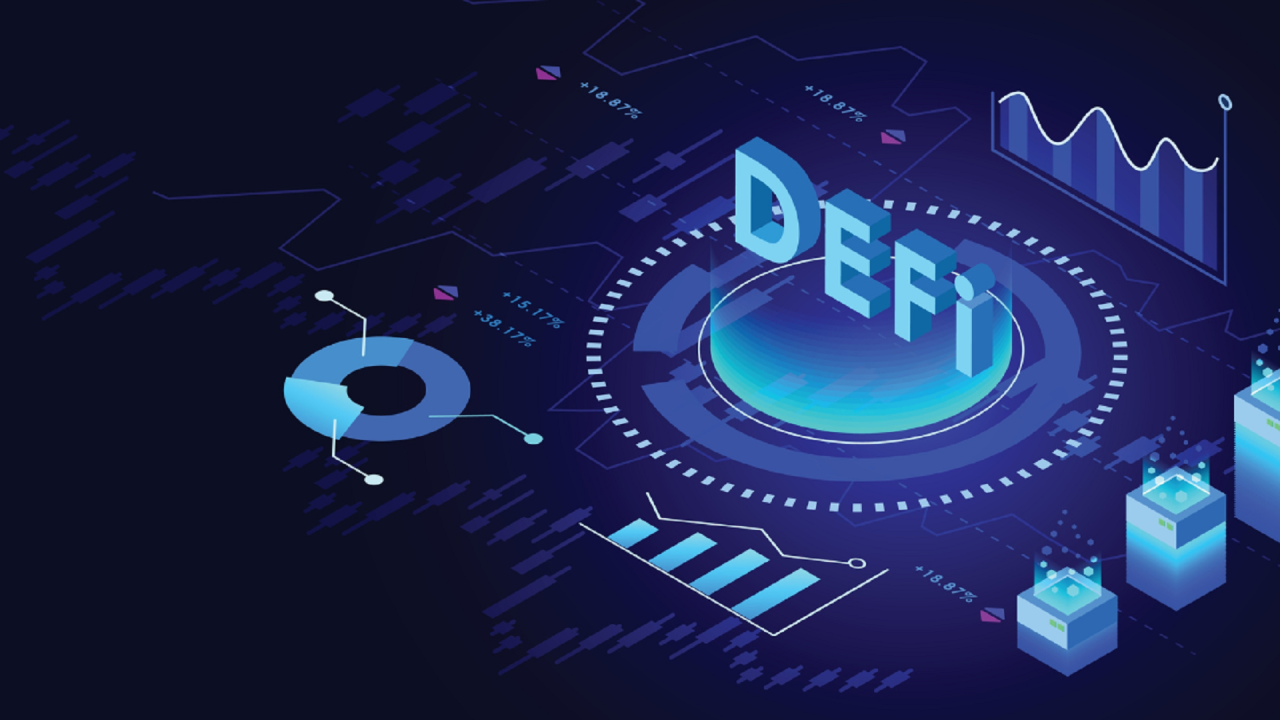The world of finance is undergoing a massive transformation, and decentralized finance (DeFi) is at the center of this change. Investors, traders, and technology enthusiasts are eager to understand how DeFi will reshape the way cryptocurrencies function in the years ahead.
In this article, you will find the growing impact of decentralized finance, the opportunities it creates, and the challenges that must be addressed before DeFi reaches its full potential.
What is DeFi and Why Does It Matter?
Decentralized finance, or DeFi, refers to blockchain-based financial systems that operate without intermediaries like banks or brokers. Instead of relying on traditional institutions, DeFi uses smart contracts to provide services such as lending, borrowing, and trading directly between users.
Crypto30xpro helps users to unleash how the crypto ecosystem continues to evolve with increasing transparency and efficiency. The importance of DeFi lies in its ability to democratize finance.
With traditional banking systems, many people face barriers such as high fees, strict regulations, and limited access. DeFi removes these obstacles, making financial tools more accessible to anyone with an internet connection.
The Growing Role of Smart Contracts
Smart contracts are self-executing agreements coded on blockchains like Ethereum. They are the backbone of DeFi platforms, ensuring transactions happen automatically when specific conditions are met. These contracts eliminate the need for trust in centralized intermediaries and reduce the risk of fraud or manipulation.
In the near future, more complex smart contracts will be developed to handle advanced financial products. These include derivatives, insurance, and cross-chain solutions that connect different blockchains. By expanding their role, smart contracts will make DeFi ecosystems stronger and more versatile.
Liquidity and Tokenization in DeFi
One of the most powerful impacts of DeFi is its ability to increase liquidity in global markets. Through liquidity pools and decentralized exchanges, users can trade assets seamlessly without relying on centralized exchanges. Tokenization, which allows real-world assets like real estate or art to be represented digitally on the blockchain, further boosts this liquidity.
Imagine a scenario where investors worldwide can buy fractions of a property, all recorded securely on the blockchain. This level of participation has the potential to reshape how global markets operate and make investment opportunities more inclusive.
Risks and Challenges Facing DeFi
Despite its potential, DeFi also carries significant risks. Hacks, coding flaws, and rug pulls have led to millions of dollars in losses for investors. Since DeFi operates without centralized oversight, recovering stolen funds is often impossible. Additionally, regulatory uncertainty creates challenges for both developers and users.
Governments around the world are still figuring out how to regulate decentralized platforms. Some fear overregulation will stifle innovation, while others believe lack of regulation will lead to further scams and instability. Striking a balance between security and innovation will be critical for the long-term future of DeFi.
How DeFi Will Shape the Crypto Market
As DeFi grows, it will influence every aspect of the crypto market. Traditional exchanges will need to adapt to decentralized competitors that offer faster and cheaper services. Stablecoins and decentralized lending protocols will become key drivers of adoption, attracting users who value efficiency over legacy systems.
DeFi will also fuel innovation in areas like decentralized identity, governance, and financial inclusion. As more projects integrate DeFi solutions, the crypto industry will shift toward a more decentralized and user-driven structure. For users exploring the evolving world of digital assets, resources like crypto investment insights provide guidance on how decentralized systems connect with broader market opportunities.
The Long-Term Outlook for DeFi
Looking ahead, DeFi is set to move beyond simple lending and trading platforms. With advancements in blockchain scalability, interoperability, and regulation, DeFi will likely merge with traditional finance. Banks and governments may eventually adopt decentralized systems for secure payments, transparent audits, and international settlements.
The future will also bring greater integration between DeFi and Web3 applications. Social platforms, gaming ecosystems, and digital marketplaces are expected to embed decentralized finance features, making them part of everyday online experiences.
Conclusion
The rise of DeFi signals a fundamental shift in how the world views money and financial systems. While challenges remain, the opportunities for accessibility, efficiency, and innovation are too significant to ignore.
By removing traditional barriers, DeFi empowers individuals and reshapes industries, setting the stage for a financial revolution that will define the future of crypto.

